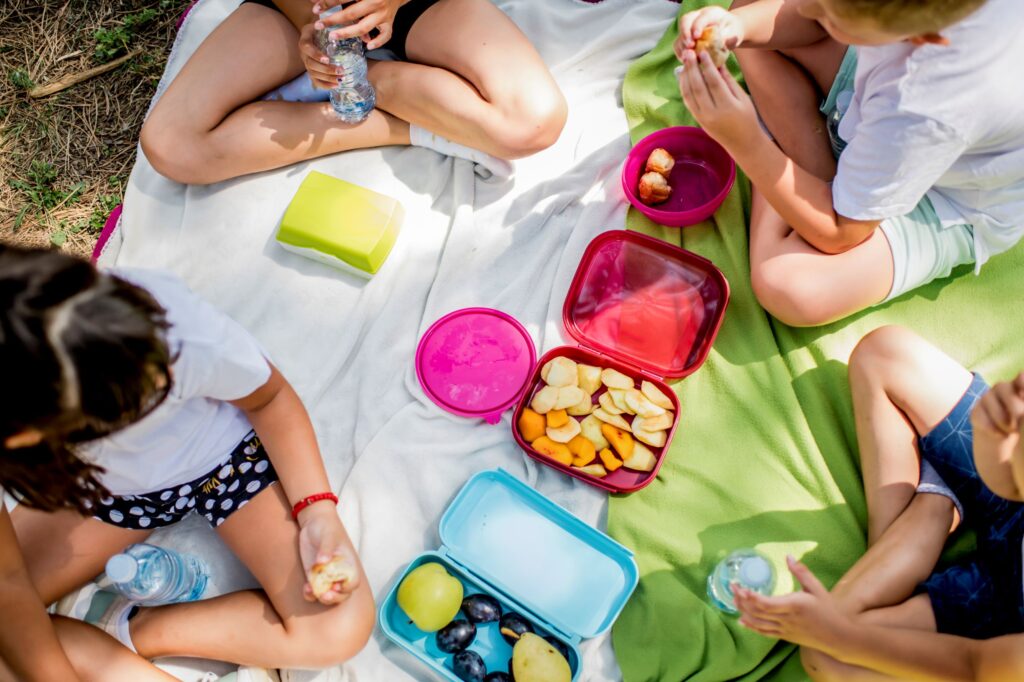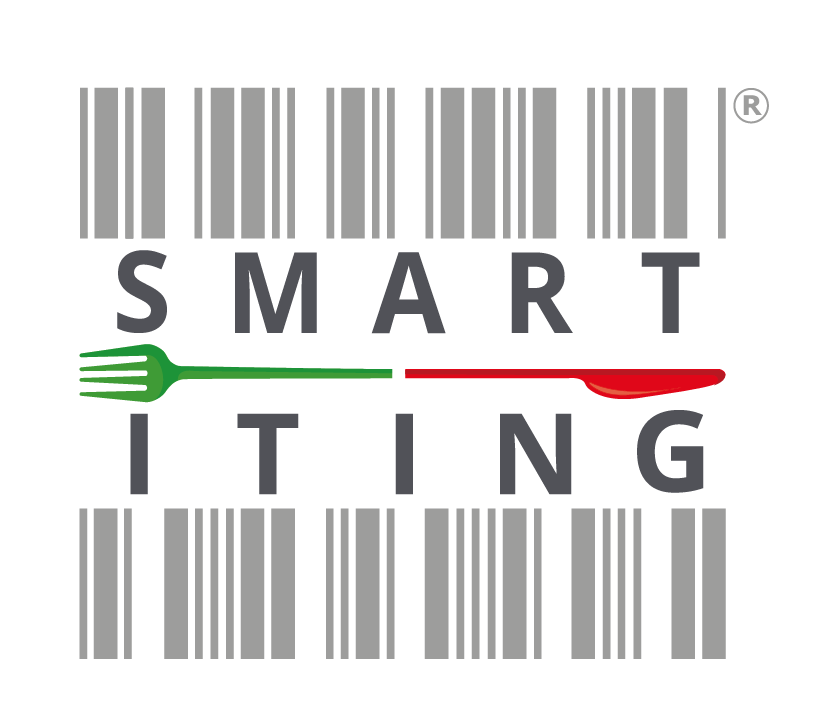
18 Set “Merenda”: italian, healthy and ready2eat
La merenda o meglio, lo spuntino pomeridiano, è una realtà tutta italiana. Affonda le sue radici nella civiltà contadina di inizio Novecento, (il nome deriva dal latino merere) e sottintende un pasto che si otteneva come ricompensa di merito per il lavoro svolto a casa o nei campi.
Col tempo, si è trasformata da pasto salato a base di pane (pane e olio, pane e salame, pane e pomodoro) a pasto dolce, mantenendo comunque il suo originario valore calorico ed energetico. È così che negli Anni ’50 sono apparse sul mercato le prime merendine (la piccola merenda, in formato tascabile e monoporzione), che oggi – secondo una ricerca Doxa-Aidepi – vengono abitualmente consumate dal 38% degli italiani (di cui quasi 3 su 5 al di sotto dei 35 anni) almeno due volte a settimana.
E la merenda del pomeriggio piace soprattutto ai bambini:: secondo una ricerca dell’Ospedale San Paolo di Milano e Spes, il 97% di loro la consuma abitualmente, perfino più del classico spuntino di metà mattinata (90%).
Negli ultimi anni, con la crescente sensibilità verso ingredienti di qualità e valori nutrizionali, il rito della merendina sta lasciando spazio a quello dello “snack salutare”. Complici le statistiche nazionali in merito alla popolazione sovrappeso, in graduale calo ma ancora tra le più alte in Europa (il 30,4% dei bambini fra i 3 e i 10 anni, come certifica l’Istat), i genitori hanno iniziato a cambiare la dieta e le abitudini dei propri figli. Sempre secondo la ricerca Doxa-Aidepi, infatti, il 51% dei genitori dà ai propri figli della frutta (1 su 10 arriva a mangiarne anche 4 porzioni al giorno) e il 42% dello yogurt.
Questa progressiva attenzione a evitare gli eccessi di grassi e zuccheri nell’età dell’infanzia ha portato l’Istituto Bambino Gesù per la salute del Bambino e dell’Adolescente a definire un vero e proprio planning settimanale per vivere al meglio il momento della merenda, suddividendo il fabbisogno calorico (e i relativi corretti alimenti da consumare) per fasce di età: 150 KCal tra i 4 e i 6 anni; 200 KCal tra i 7 e gli 11 anni; 260 KCal tra i 12 e i 15 anni; infine 285 KCal tra i 15 e i 17 anni.
Un secondo cambiamento rispetto alla merenda tradizionale delle origini è dato dal luogo in cui viene consumata. Sempre più persone, infatti, consumano uno o più pasti nell’arco della giornata fuori casa (secondo un rapporto di Confcommercio, il 10,8% degli italiani lo fa addirittura a colazione tutti i giorni).
Incrociando il bisogno di uno stile di vita più sano con la frequenza a consumare i pasti fuori casa, il mercato ha trovato nel cosiddetto “instafood” la soluzione ideale per rispondere alle nuove abitudini ed esigenze del pubblico. Le monoporzioni “ready2eat” sono, infatti, sempre più frequenti nei carrelli degli italiani: secondo il rapporto Coop 2019, quelle di preparati pronti freschi sono in crescita del 25,2%; quelle di frutta del 22,9%; quelle di verdura del 17,9% e quelle di frutta secca del 15,4%.
Perfino le vending machine stanno modificando radicalmente la loro offerta in una direzione green. Secondo i dati di Confida, il consumo alle “macchinette” di succhi 100% frutta è cresciuto dell’8,2%; quello di frutta fresca “ready2eat” dell’8,8%; quello di frutta secca del 12,8%.
Sui social, però, è ancora la merenda succulenta a farla da padrona: gli hashtag #merenda (oltre un milione di post) e #merendaitaliana (oltre 250mila) su Instagram ci mostrano un tripudio di torte e brioche alla crema che appagano molto di più la vista e il palato della coscienza, mentre TikTok (hashtag #merenda e #merendatime) stimola ricette e challenge quasi esclusivamente a base di biscotti e merendine industriali.

Merenda is an Italian old tradition. In the early twentieth century, it was meal got as a reward of merit for work done at home or in the fields. Over time, from a salty meal based on bread (bread and oil, bread and salami, bread and tomato) has become a sweet meal, while maintaining its original caloric and energy value. This is how in the 1950s the first snacks were launched on the market (the small snack, in pocket format and single-portion), which today – according to a Doxa-Aidepi research – are usually consumed by 38% of Italians (of which almost 3 on 5 under 35) at least twice a week.
And the afternoon the merenda is very popular between children: according by a research of the San Paolo Hospital in Milan and Spes, 97% of them eat it regularly, even more than the classic mid-morning snack (90%) In recent years, with the growing attention to quality ingredients and nutritional values, the tradition of merenda is giving way to the “healthy snack”. Thanks to the national statistics on the overweight population, gradually decreasing but still among the highest in Europe (30.4% of children between 3 and 10 years, as certified by Istat), parents have started to change diet and habits of their children. According to the Doxa-Aidepi research, 51% of parents give their children fruit (1 in 10 even eats 4 portions a day) and 42% yogurt.
The attention to avoiding excesses of fats and sugars in childhood has led the Bambino Gesù Institute for the health of the Child and the Adolescent to define a real weekly schedule to better enjoy the moment of merenda, dividing the caloric needs (and the related correct foods to consume) by age groups: 150 KCal between 4 and 6 years; 200 KCal between 7 and 11 years; 260 KCal between 12 and 15 years; finally 285 KCal between 15 and 17 years.
Crossing the need for a healthier lifestyle with the frequency of eating meals away from home, the market has found in the “instafood” the ideal solution to the new habits and needs. The “ready2eat” single portions are more and more frequent in Italy: according to the Coop 2019 report, those of fresh ready-made preparations are up by 25.2%; those of fruit by 22.9%; those of vegetables by 17.9% and those of dried fruit by 15.4%. Even vending machines are changing their offer in a green direction. According to Confida data, consumption of 100% fruit juices at the “machines” grew by 8.2%; that of “ready2eat” fresh fruit by 8.8%; that of dried fruit by 12.8%.
On social media, however, the appetizing snack is still at the top: the hashtags #merenda (over a million posts) and #merendaitaliana (over 250 thousand) on Instagram show us a riot of cakes and cream brioches that satisfy the eye much more and the palate of conscience, while TikTok (hashtag #merenda and #merendatime) stimulates recipes and challenges almost exclusively based on industrial biscuits and snacks.


